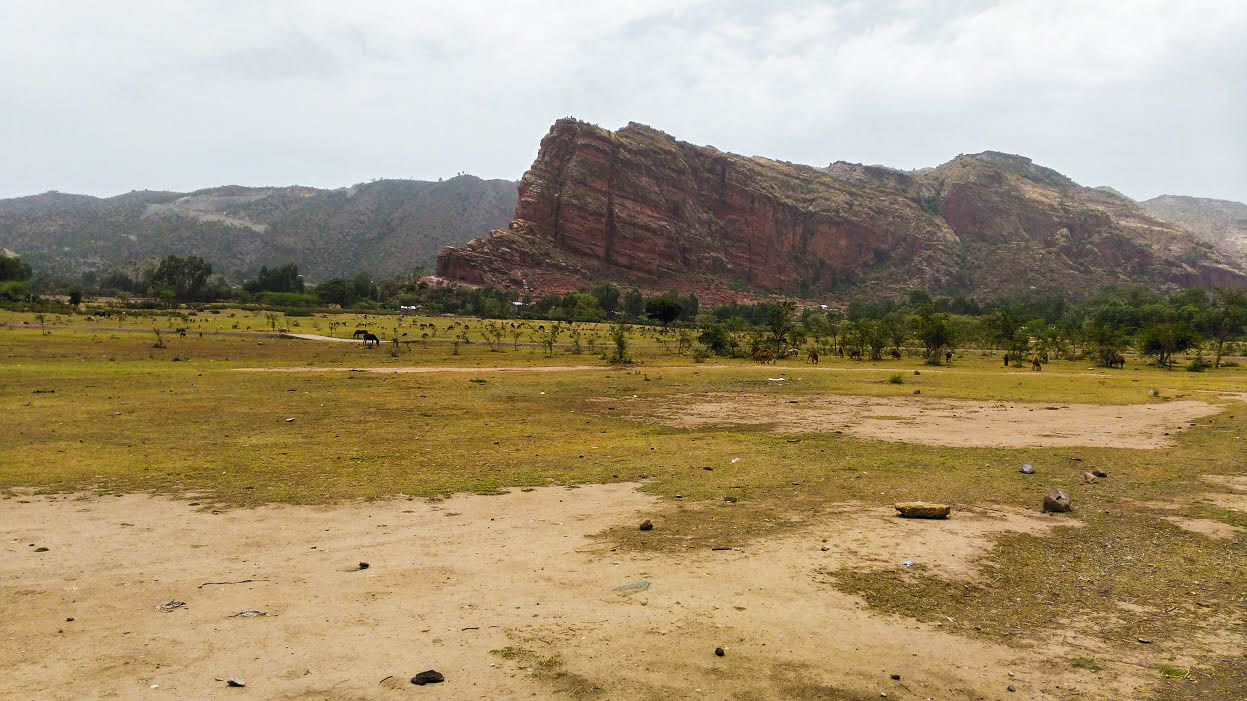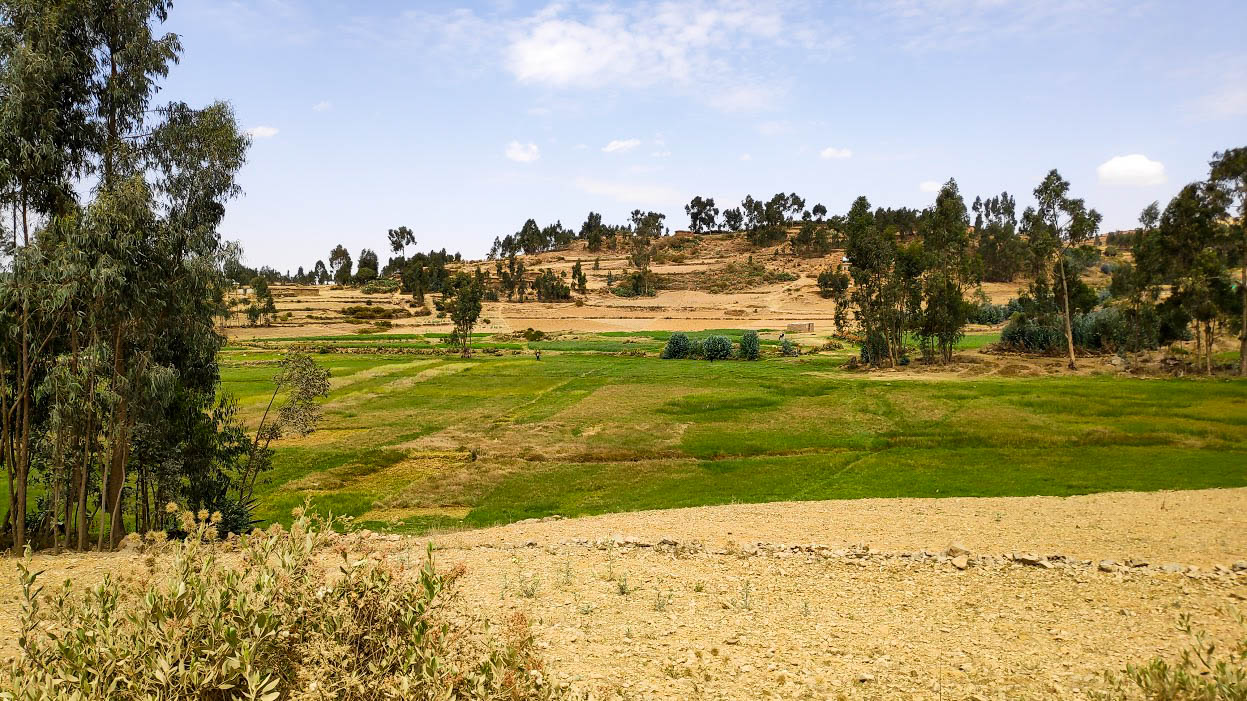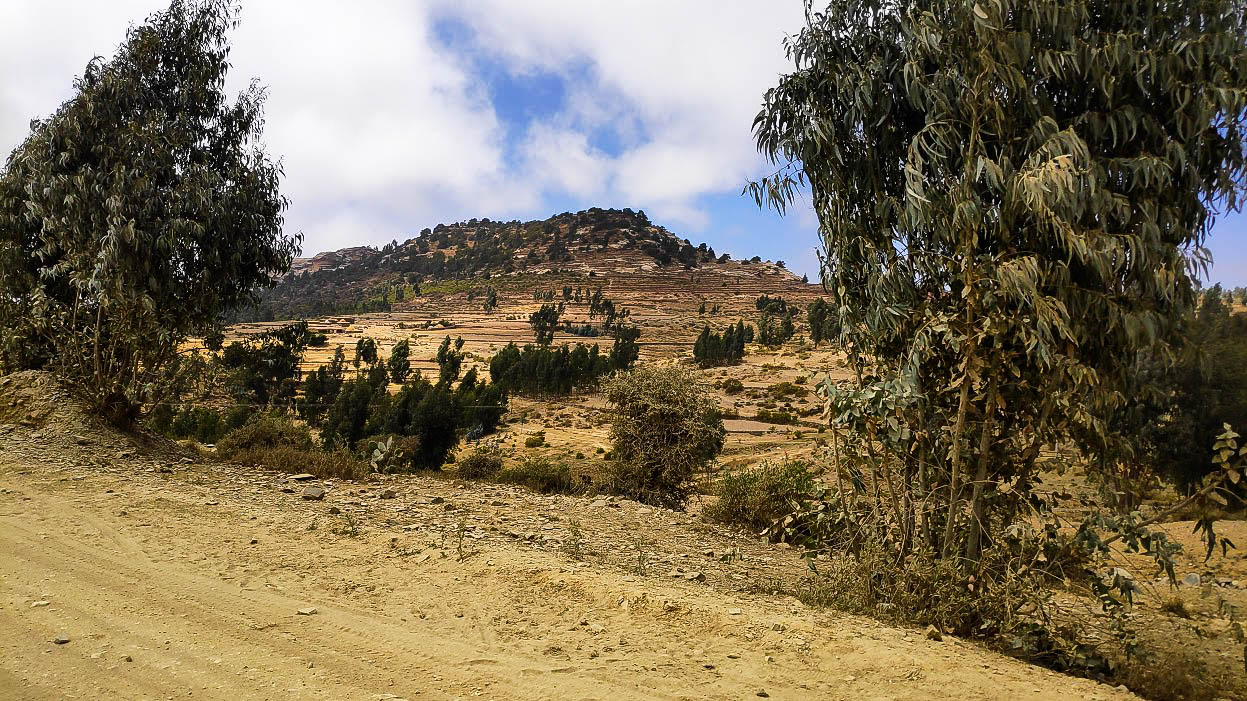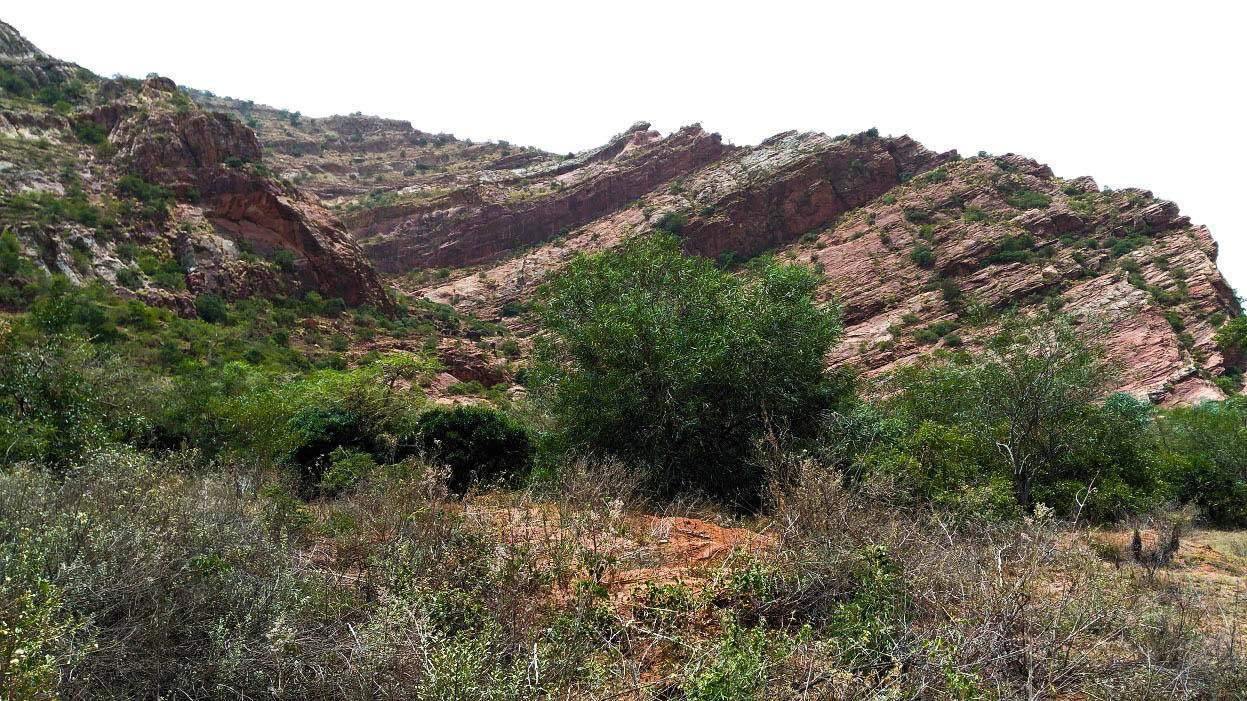The agri-food system is undergoing transformation as population rises and the demand for food (particularly animal food products) increases. This change necessarily entails a competition with other areas under development (such as urbanization, biofuel production, etc.) for resources like land and water, resulting in compromises and trade-offs due to a variety of priorities of all the many actors involved, like researchers, policy makers, private companies, NGOs, and more. Each actor may envision sustainability in ways that conflict with the others, creating clashing priorities.
Growth in livestock production may translate not only to economic gains but also to a variety of losses like resource depletion, pollution production, and losses of a cultural, social, and livelihood context. These consequences may also affect the actors unequally, depending on the different social and cultural contexts.

One avenue for shedding light on these potential repercussions is the implementation of “participatory processes” that involve a number of various actors who actively play a role in the discussions and decision-making in the evolution of the agri-food industry. When a variety of stakeholders collaborate together, opportunities for empowerment are created as otherwise less-prominent voices and perspectives of marginalized groups are considered while dominant perspectives may be challenged.
 In the article “Games as boundary objects: charting trade-offs in sustainable livestock transformation” by lead author Joanne Morris, et al (including MRI Science Leadership Member Rob Marchant), stakeholders in pastoral and mixed crop-livestock communities in Burkina Faso, Ethiopia and Tanzania used a simulation tool and board game as “boundary objects” to explore the implications of changing livestock stocking and management practices for the environment and for actors’ future socio-economic priorities.
In the article “Games as boundary objects: charting trade-offs in sustainable livestock transformation” by lead author Joanne Morris, et al (including MRI Science Leadership Member Rob Marchant), stakeholders in pastoral and mixed crop-livestock communities in Burkina Faso, Ethiopia and Tanzania used a simulation tool and board game as “boundary objects” to explore the implications of changing livestock stocking and management practices for the environment and for actors’ future socio-economic priorities.
The paper defines boundary objects as “external representations of reality that simplify an issue to be more easily communicated”, listing examples like mind maps, a mental model, or a game. Boundary objects allow for (and in fact require) the opportunity for all players to contribute equally, offering “a structured way of learning and sharing knowledge” while also bringing to light contrasting values and priorities.
“A classic example of a boundary object is a roadmap,” says Morris. “Each person using a roadmap will take different information from it, one to find a favourite restaurant, another to find nearby national parks. The council may bring individuals to collectively negotiate where to site a new car park, requiring individuals to contribute which locations on the roadmap should be protected."
 The simulation game functioned as a boundary object in the way that playing it drew out scenarios from participants that displayed different priorities for livestock development which could be negotiated in the context of achieving a better ending to the game. These results were positive, suggesting that collaborative approaches that encourage a transparent discussion of individual priorities and implied trade-offs lead to sustainable solutions.
The simulation game functioned as a boundary object in the way that playing it drew out scenarios from participants that displayed different priorities for livestock development which could be negotiated in the context of achieving a better ending to the game. These results were positive, suggesting that collaborative approaches that encourage a transparent discussion of individual priorities and implied trade-offs lead to sustainable solutions.
“The participants enjoyed the game as well - one said afterwards how surprised he was that what looked like a child’s game could be something serious and useful,” says Morris.
“As well as being useful, these types of participatory approaches provide an opportunity to link science and communities as we collectively chart pathways towards more sustainable and resilient futures,” adds Marchant.
Citation
Joanne Morris, Jonathan E. Ensor, Catherine Pfeifer, Robert Marchant, Dawit W. Mulatu, Geofrey Soka, Salifou Ouédraogo-Koné, Mekonnen B. Wakeyo & Corrado Topi (2020) Games as boundary objects: charting trade-offs in sustainable livestock transformation, International Journal of Agricultural Sustainability, DOI: 10.1080/14735903.2020.1738769
All photos courtesy of Joanne Morris.







